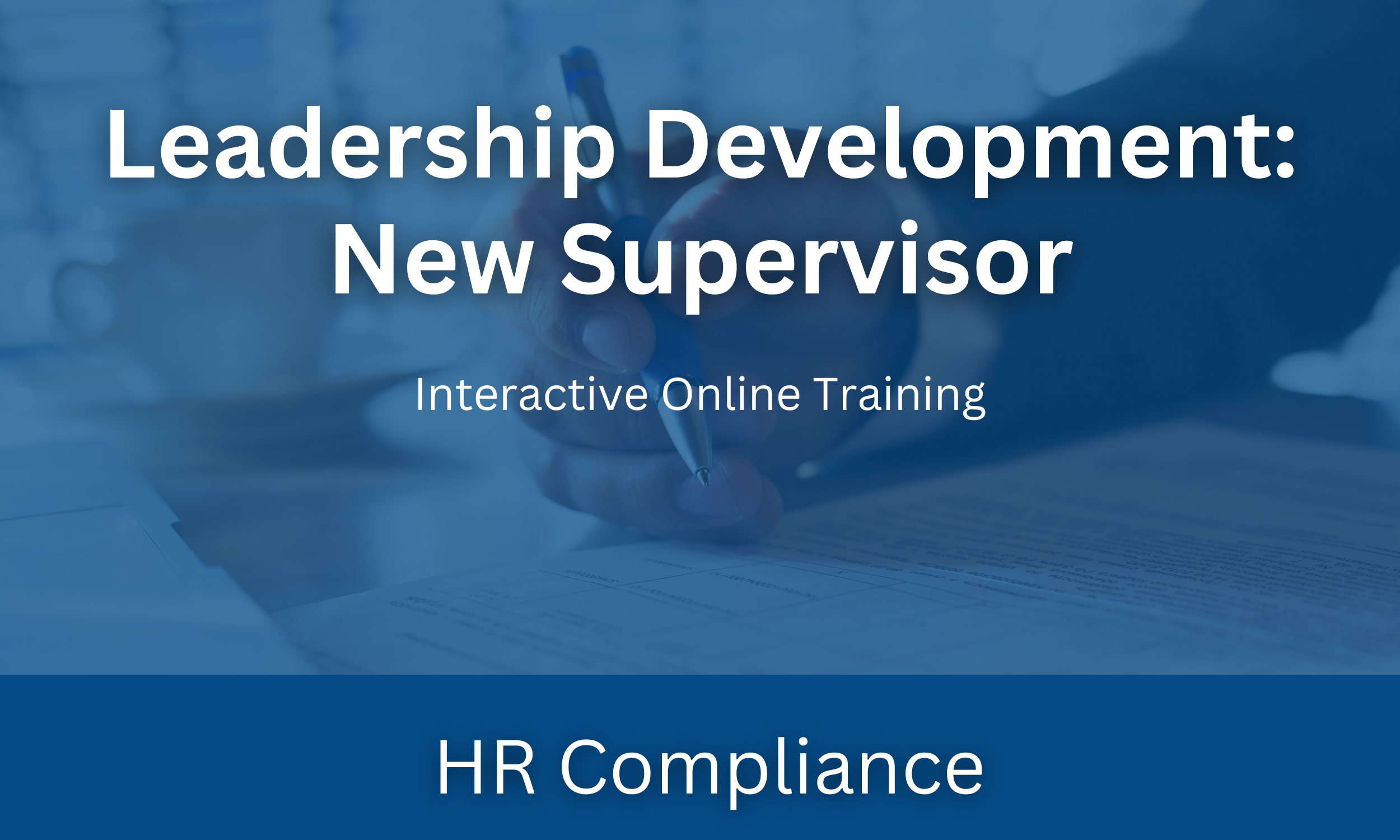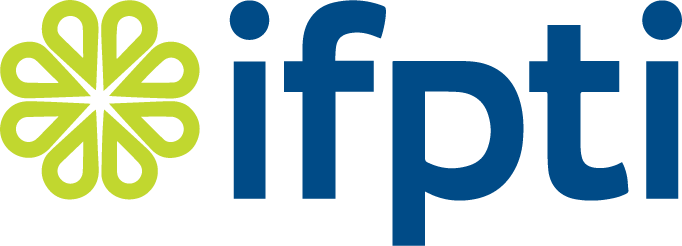 Image 1 of 2
Image 1 of 2

 Image 2 of 2
Image 2 of 2



Leadership Development: New Supervisor
What do you think of when you hear the words “Leader, Supervisor; Manager”? You may have had positive or negative experiences with past supervisors. Think back to these leadership examples. What about them would you imitate? What would you avoid? As a supervisor, it is important to gain a strong understanding of your direct reports’ personalities. Some employees will react to stressors - like change, or work challenges - in different ways. They will also communicate and interact with each other differently. In fact, there are recognized personality categories across which we all tend to fit. Leadership styles are also divided into categories. This list commonly includes: authoritarian, participative, delegative, transactional, and transformational. Authoritarian leaders take the reins and clearly define direction and expectations. Participative leaders include employees in decision-making. Delegative leaders divide up tasks and give creative control to employees - typically based on team members' skill sets and strengths. Transactional leadership rewards the efficient completion of organizational goals. There are direct consequences for poor performance. Transformational leaders ask team members to pursue a shared vision that they champion and support. There are pros and cons to each leadership style. First, identify which style most fits your tendencies. Then learn to apply different approaches based on organizational, employee, and external stakeholder needs. Which of the five leadership styles best describes your own management approach? What type of leader do you want to be?
Please use the Firefox browser to access this resource after enrollment.
Duration: 22 minutes
Closed Caption: English, Spanish, French
What do you think of when you hear the words “Leader, Supervisor; Manager”? You may have had positive or negative experiences with past supervisors. Think back to these leadership examples. What about them would you imitate? What would you avoid? As a supervisor, it is important to gain a strong understanding of your direct reports’ personalities. Some employees will react to stressors - like change, or work challenges - in different ways. They will also communicate and interact with each other differently. In fact, there are recognized personality categories across which we all tend to fit. Leadership styles are also divided into categories. This list commonly includes: authoritarian, participative, delegative, transactional, and transformational. Authoritarian leaders take the reins and clearly define direction and expectations. Participative leaders include employees in decision-making. Delegative leaders divide up tasks and give creative control to employees - typically based on team members' skill sets and strengths. Transactional leadership rewards the efficient completion of organizational goals. There are direct consequences for poor performance. Transformational leaders ask team members to pursue a shared vision that they champion and support. There are pros and cons to each leadership style. First, identify which style most fits your tendencies. Then learn to apply different approaches based on organizational, employee, and external stakeholder needs. Which of the five leadership styles best describes your own management approach? What type of leader do you want to be?
Please use the Firefox browser to access this resource after enrollment.
Duration: 22 minutes
Closed Caption: English, Spanish, French










